Revolutionizing Furniture Shopping with Product Configurators
Discover how product configurators are changing the way consumers shop for furniture and home goods online.
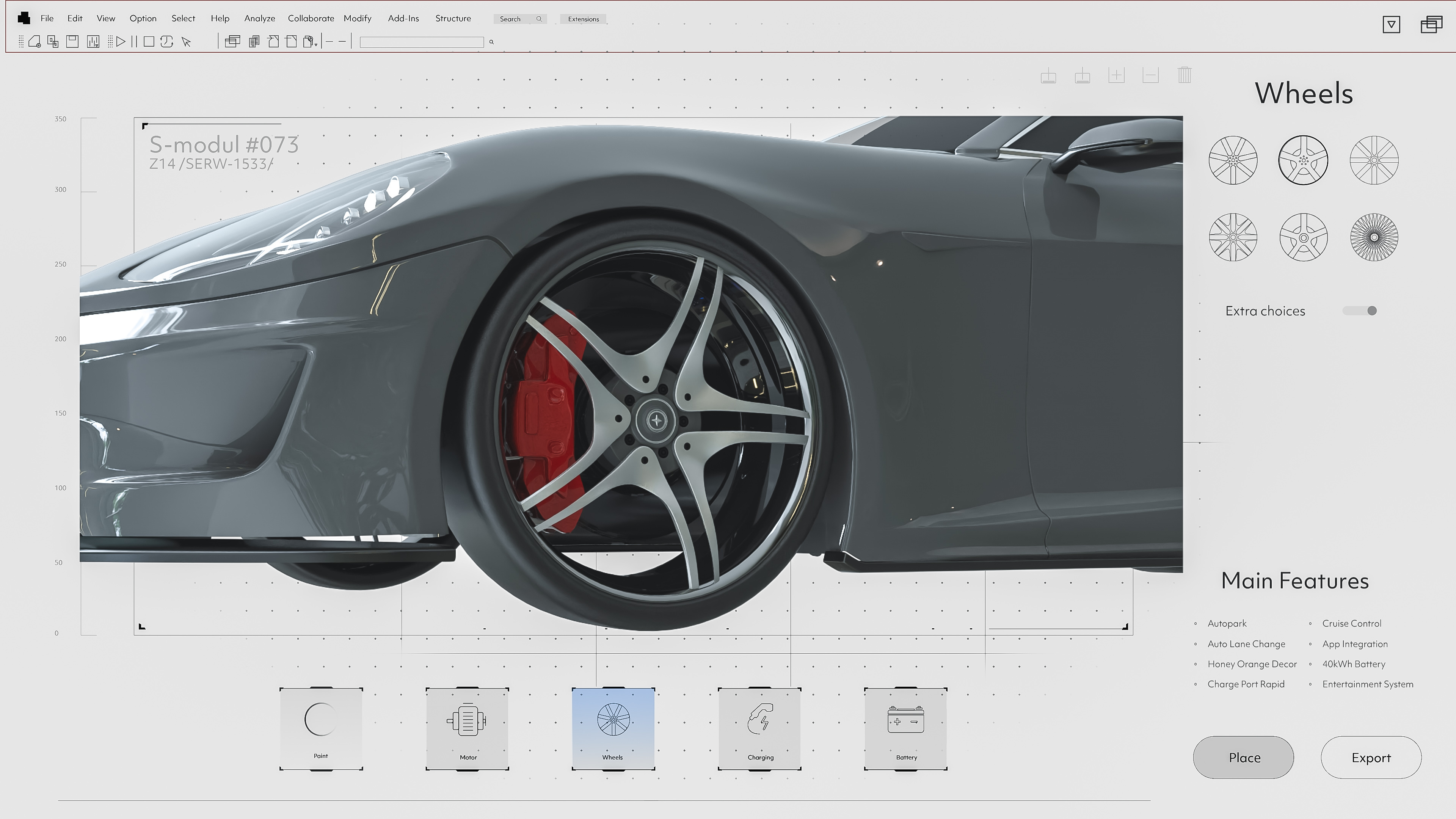
Are you seeking inspiration for your product configurator or curious about what a product configurator can do for your business? Look no further. In this article, we'll explore a range of product configurator examples from various industries — both big and small — to spark your creativity and help you understand the power of online product configurators.
A product configurator is a tool that allows customers to personalize and customize products to meet their specific needs and preferences. In other words, it's a user-friendly interface that gives users the opportunity to adjust configurable product elements such as color, size, dimensions, and other options, creating a unique product tailored just for them and greatly enhancing your site's user experience (UX).
Let’s start with a few big name brands that have aspirational product configurators that customers love.
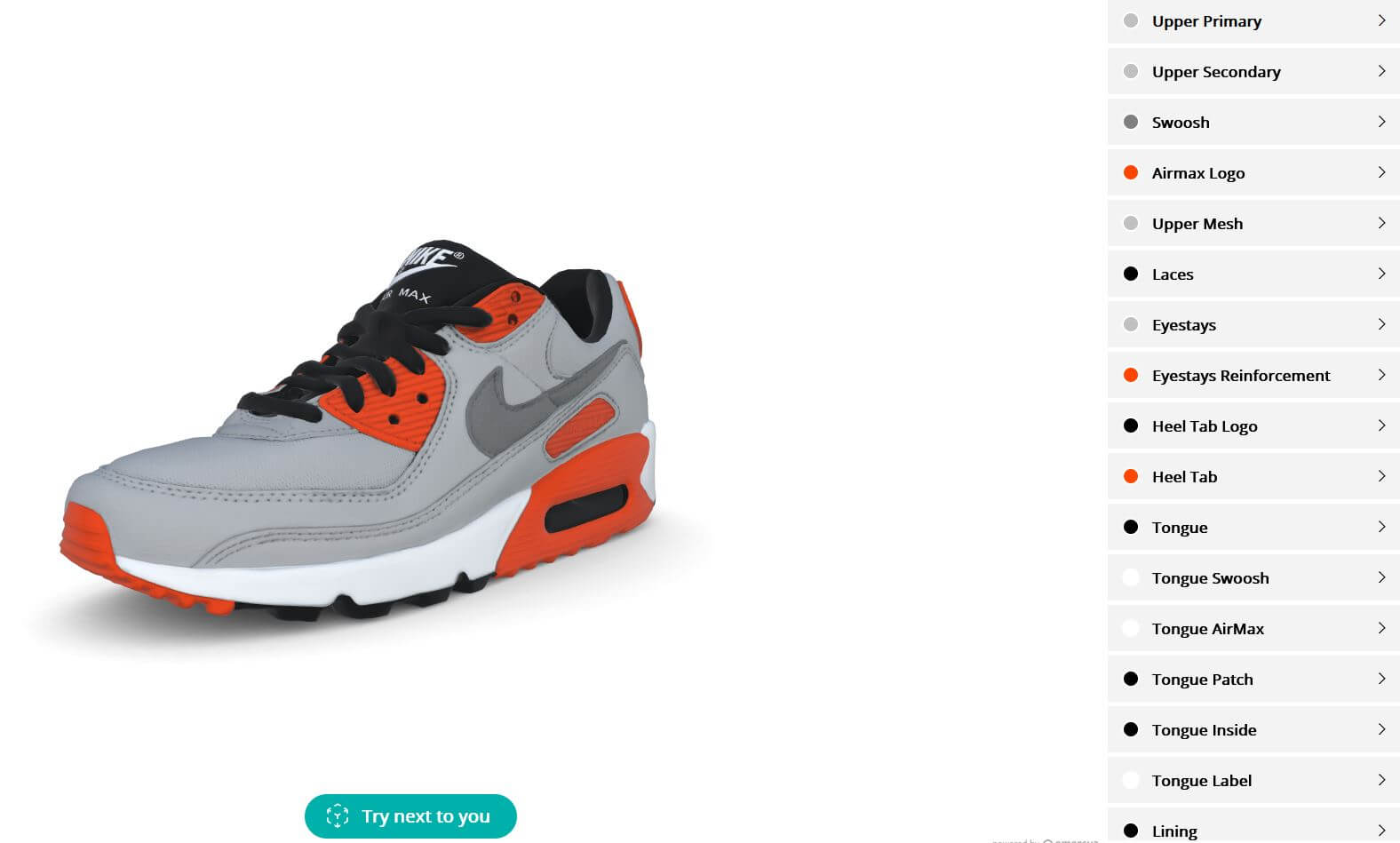
When it comes to major brands, Nike stands out for its interactive shoe customization tool. The Nike product configurator allows customers to design their sneakers, choosing from various colors, materials, and even adding personalized text. It's a fun, engaging, and easy-to-understand way to create unique footwear.
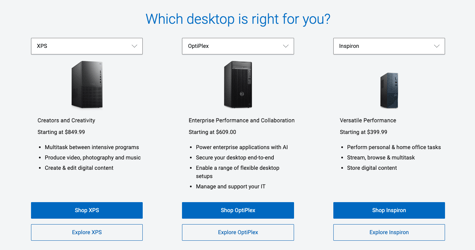
Dell, a giant in the computer industry, offers a product configurator for their laptops and desktops. Customers can select the processor, memory, storage, and graphics options, tailoring their PCs to match their specific needs and budget.
As B2B and manufacturer eCommerce continue to grow in popularity and demand, leading businesses and upcomers alike are shifting to the digital space to meet their customers’ demands. Just as in the B2C space, a well-designed B2B product configurator can help a company rise above the competition by providing clients with an efficient and personalized process for building exactly the product their business needs.
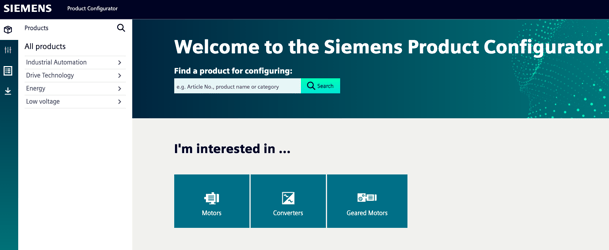
Siemens, a leading manufacturer of industrial equipment, has an advanced product configurator that allows customers to customize complex machinery, selecting specifications and features down to the part — including motors, converters, systems, and other components — to match their industrial requirements.
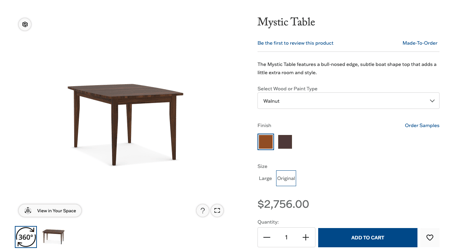
Gat Creek offers made-to-order furniture crafted by hand using three wood species, 64 finishes, and a variety of hardware options — they accommodate an extensive range of customization options. IronPlane helped Gat Creek create an eCommerce site that allows its customers to see its products and customization options fully — they can view available wood and paint types, pair them with available finishes, and see their final product in 3D and augmented reality.
To learn more, read the full case study: Gat Creek Case Study
Being able to visualize and customize goods for home or consumer use has increasingly become a necessity for buyers — here are some companies that stand out when it comes to delivering on that need.
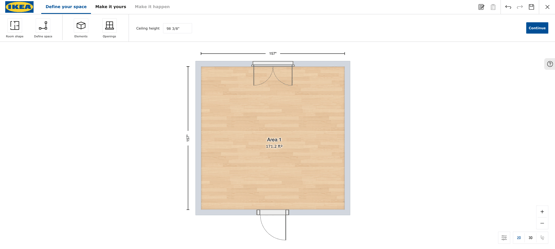
IKEA's kitchen planner tool is a superb example of a product configurator in the home goods industry. It lets users design their dream kitchen, choosing cabinet styles, countertop materials, appliance placements, and more — giving users a complete look at their vision before spending the money to make it.
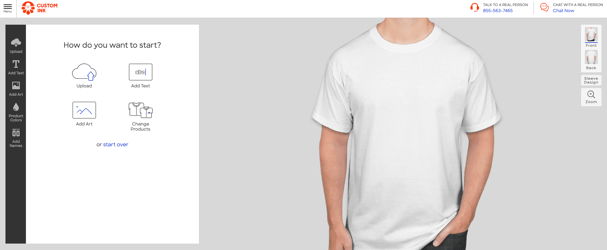
CustomInk has a configurator that allows customers to design custom t-shirts and apparel. Users can select garment types, colors, and add their designs or text for a personalized touch — all of which can be viewed on a live-updating model of their shirt of choice.
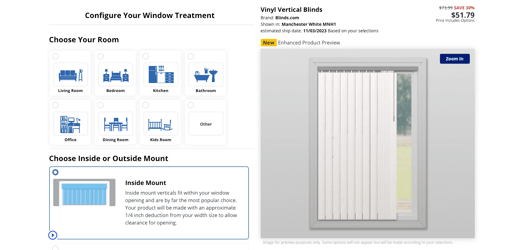
Blinds.com offers a user-friendly window treatment configurator. Customers can specify their window size, choose materials, colors, and visualize how the blinds will look in their room, no matter the shape or size.
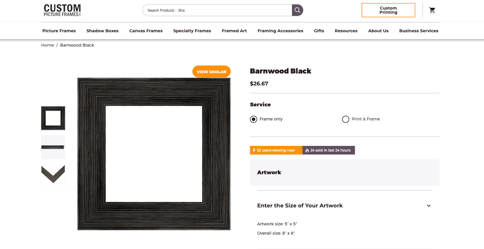
The name says it all — Custom Picture Frames allows customers to create personalized frames for their photos and art. IronPlane helped them build a custom frame-building tool with previews and true pricing functionality to provide users with an easy to use solution.
Read more about their website and configurator journey: Custom Picture Frames Case Study
Creating an efficient and user-friendly product configurator can significantly enhance your customers' experience and boost conversion rates. The key is to keep it simple and intuitive, guiding users to personalize their products quickly.
By offering a product configurator that allows users to tailor their products to their exact specifications, you're not only meeting their needs, but also providing a sense of ownership and involvement in the purchasing process. This can lead to higher customer satisfaction, increased conversions, an improved user experience, and a competitive edge in your industry.
Product configurators are powerful tools that cater to your customers' desire for personalization. Whether you're a major brand, a B2B manufacturer, or a consumer goods company, there's a way to integrate a product configurator into your eCommerce business model. Use this knowledge and these examples to take your customer experience and conversion rates to the next level.
A product configurator enhances the shopping experience by offering customers the ability to personalize products. This can lead to increased engagement, higher customer satisfaction, and potentially higher sales as customers are more likely to purchase items tailored to their preferences.
A wide range of products can use configurators, including apparel, footwear, furniture, electronics, vehicles, and more. Any product with multiple customizable options is a good candidate for a configurator.
Implementing a product configurator can vary in complexity depending on your website platform and the configurator's features. Many eCommerce platforms offer plugins or integrations for configurators, making it relatively straightforward. However, custom-built solutions may require more time and technical expertise.
A well-designed configurator should not significantly impact your website's performance. However, it's essential to ensure that the configurator is optimized for speed and responsiveness to maintain a smooth user experience.
Yes, modern product configurators can handle complex customization options, including multiple attribute combinations, conditional logic, real-time pricing updates, and 3D visualizations. The complexity will depend on the configurator's design and capabilities.
When choosing a product configurator, consider features such as ease of use, compatibility with your eCommerce platform, customization options, visual appeal, mobile responsiveness, and integration with your inventory and pricing systems. Additionally, ensure it offers good customer support and regular updates.
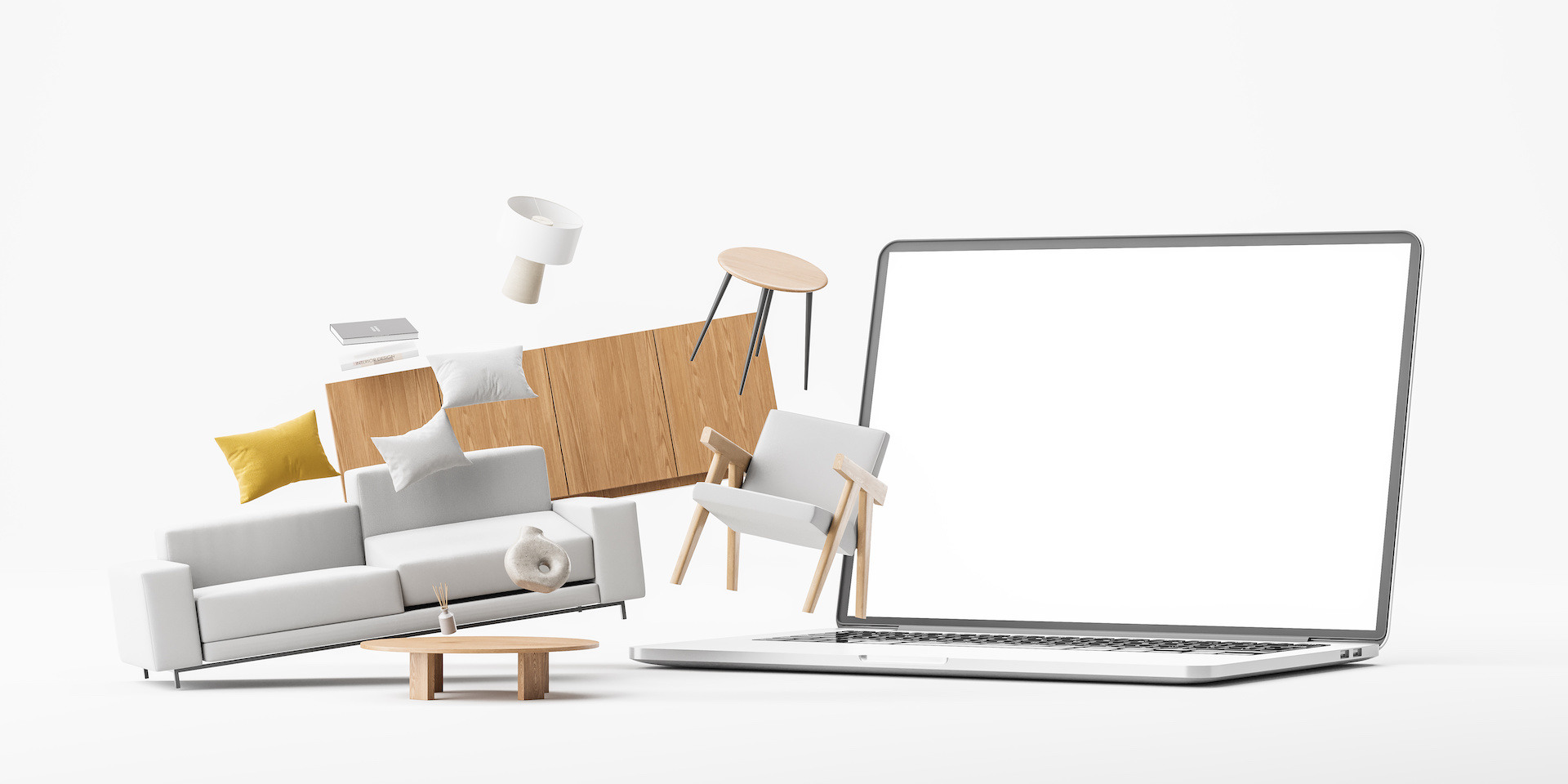
Discover how product configurators are changing the way consumers shop for furniture and home goods online.

Explore what a product configurator is, the essential features that make it effective, and examples from industry leaders showcasing best practices.

Learn the process of setting up and configuring the Adobe Commerce Quick Order feature and enhance the efficiency of your online store.